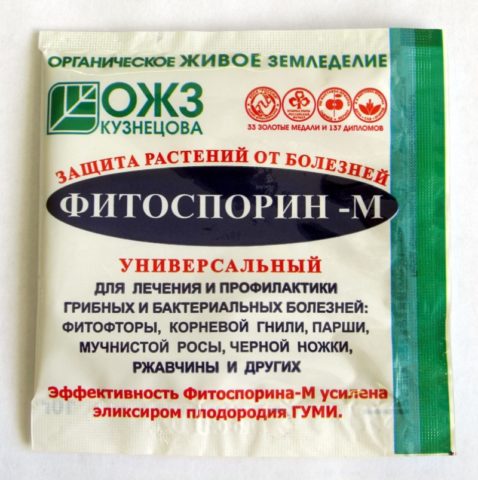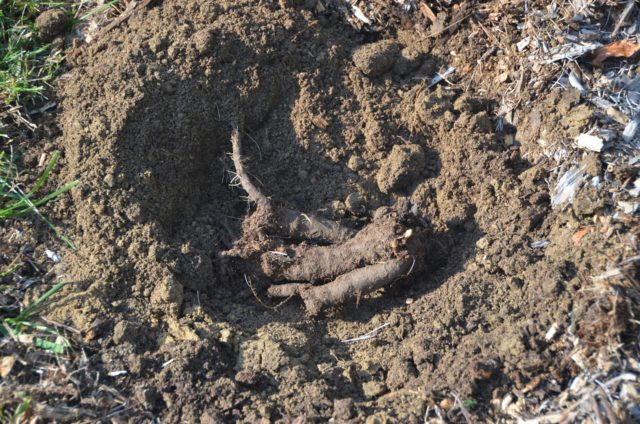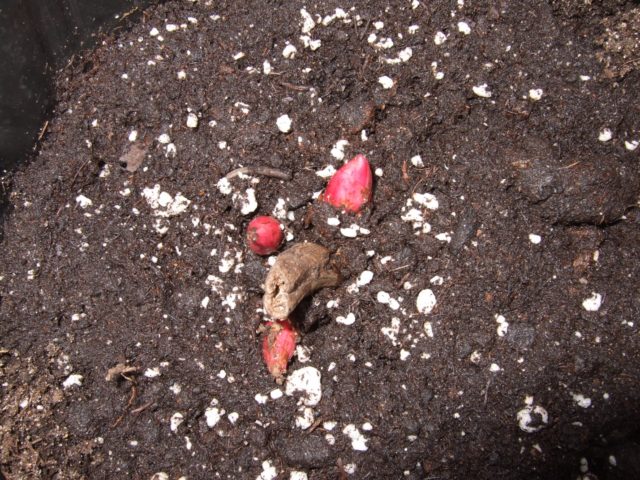Content
Ito hybrid crops are popular among gardeners. The plant is distinguished not only by its high frost resistance, but also by its ease of care. Based on wild forms, many varieties with different flowering periods and colors have been created. Photos and descriptions of the Canary Diamonds peony, recommendations for creating compositions will help you get acquainted with the hybrid.
Description of Ito-peony Canary Diamonds
Ito hybrids, which include the Canary Diamonds peony, were obtained through the process of cross-pollination of two species: herbaceous and tree-like. A feature of this variety of culture is its long-term biological cycle. After the growing season, the above-ground part of herbaceous peonies quickly dies, and ito hybrids retain their decorative shape for a long time after flowering.
Canary Diamonds inherited high frost resistance from its tree-like form. Peony resists temperatures down to -400C, damage to vegetative buds does not affect plant growth and subsequent flowering.
Canary Diamonds are recommended for cultivation throughout the temperate and temperate continental climate zone. Peony has average drought resistance; cultivation in the southern regions requires frequent watering and sprinkling.
Description of Peony Canary Brilliants:
- Canary Diamonds grows in the form of a compact bush, reaching a height of 80 cm.
- Numerous stems are rigid, tree-like at the base, dark green with a brown tint. With slightly drooping tops, the bush does not fall apart under the weight of flowers.
- The leaves are dark green, hard, carved with trifoliate lobes, alternate arrangement. The cuttings are long, the surface of the leaf blade is smooth and glossy.
- The root system is powerful with cone-shaped processes, superficial.

The petals of the variety are velvety and pleasant to the touch.
If there is enough free space on the site, support is not needed, the plant holds its shape on its own. Peony Canary Diamonds grows quickly; by the time the buds are laid, the green mass has time to fully form, but only on condition that there is enough light for photosynthesis. Peony Canary Diamonds, like all hybrids, prefers sunny areas, but can grow in places with periodic shading.
Features of flowering
In the second year of vegetation, the hybrid forms buds on the tops of the stems and lateral shoots. The Canary Brilliants peony blooms from April to the end of June. After the flowers fade, the leaves remain rich green until frost sets in. The variety belongs to the semi-double group. The flowers are large (up to 20 cm in diameter), with a pronounced citrus aroma.
General characteristics of flowering:
- buds of a delicate cream color, shaped like roses;
- after opening, the shade can be peach or light yellow, the color depends on the degree of lighting;
- on one bush there are flowers with various shades, but all of them have a reddish fragment and wavy edges on the lower part of the petals;
- 3-4 buds are formed on each stem. Flowering is unstable and depends on agricultural technology, proper pruning, spring temperatures and the amount of moisture.

The opening buds resemble rose flowers in structure
Application in design
Hybrid forms are created specifically for decorative gardening. Peony itho-hybrid Canary Diamonds is included in design techniques that include flowering herbaceous plants. Peony combines ideally with the following crops:
- irises;
- roses;
- daffodils;
- tulips;
- daylilies;
- ground cover varieties;
- dwarf conifers;
- vesicular carps;
- hydrangeas.
Peony does not tolerate the proximity of large trees, which shade it with a thick crown and create constant humidity. A tight fit is also not recommended. If there is not enough space for growth, the flowers form small and the crown becomes looser. Peony feels comfortable in flowerpots located on the balcony or open veranda.
Several examples of using Canary Diamonds in landscape design:
- For lining molded structures made of evergreen crops.
Varieties with a variety of colors give the landscape a complete look
- In a composition with flowering plants in flower beds.
Select crops with simultaneous flowering
- For a color accent in a rock garden on the shore of an artificial pond.
Canary Diamonds harmonizes well with creeping plants
- Peonies with different colors are suitable for creating a border option.
Select varieties with different flowering periods
- The hybrid is used in a mass composition in a free area in front of a forest belt.
To create a clear vertical shape, the stems are collected and tied
- For the design of lawns.
Canary Diamonds looks good mixed with other varieties in the central part of the lawn
- An ideal option for framing a summer veranda.
The peach color of Canary Diamonds looks aesthetically pleasing alongside rich burgundy varieties.
- As a tapeworm in flower beds or ridges.
After the flowering period ends, the bush retains its decorative effect for a long time.
Reproduction methods
Ito peony Canary Brilliants does not produce seeds. Therefore, the hybrid is not propagated generatively. For this variety, only the vegetative method is acceptable. You can make layering in the spring, but their rooting is weak. After transplantation, there is no guarantee that the young plant will take root.
Landing rules
The frost-resistant crop is suitable for planting in autumn and at the beginning of the growing season. If necessary, the bush is moved to a new site in the summer after flowering. The peony will take root normally if the conditions for growth meet its requirements. But more often, gardeners practice autumn planting, which is carried out approximately in mid-September. When propagated this way, the peony will bloom in the spring.
The purchased planting material of the Canary Diamonds variety is placed in a well-lit area.In order for peony flowers to have a peach hue, ultraviolet light is needed. An area with periodic shading is allowed. In the shade, the color is dull, light beige, there are no clearly defined red areas on the petals. The bush becomes weak and elongated.
Soils must be aerated, because peonies slow down growth on dense, poor soil. The preferred composition is neutral, fertile. The reaction is corrected several months before planting. Peony feels comfortable on rocky terrain, but planting in soil with constant stagnant water is not allowed.
The planting site is dug up and weed roots are removed. The pit is prepared in advance or on the day of planting. The second option is more rational, because the volume of the root will be visible. There is no need to dig deep or wide holes. When planting, the root buds should be under a layer of soil.

Planting material for Canary Diamonds peony must have a healthy root fragment and at least five vegetative buds
The condition of the above-ground part does not matter, since the peony will go into winter without green mass.
Landing algorithm:
- Prepare the substrate by mixing compost, peat and turf layer of soil, 1/3 of the total mass should be sand.
- Part of the substrate is poured onto the bottom.
- Place the peony, cover it with the rest of the mixture and compact it.
The seedling in the hole is placed at an angle of 450
- The buds are buried no more than 2 cm.
Correct location of vegetative peony buds
The plant is then watered and covered with straw. Maintain a distance between peonies of at least 1.5-2 m, since Canary Diamonds do not tolerate dense planting.
Aftercare
Agricultural technology includes the following activities:
- Watering the Canary Diamonds hybrid begins in the spring, when warm weather sets in.The regime depends on precipitation: an adult plant needs 15-20 liters of water per week, young seedlings are watered more often so that there is no crust on the top layer of soil.
- If the peony is not covered with mulch, loosen it after each watering and remove weeds along the way.
- Mulch for peony is recommended; it will retain moisture and prevent burns in the summer.
- Canary Diamonds are fed with potassium and nitrogen before sap flow. The same composition is added at the time of budding. When the peony fades, feed it with phosphorus.
During flowering, fertilizers are not applied, otherwise the peony will intensively begin to increase its green mass due to the size of the flowers.
Preparing for winter
Ito peony Canary Diamond is pruned before the onset of frost, leaving only the lower vegetative buds. They are fed with organic matter and water-recharging irrigation is carried out. The remains of the stems along with the buds are completely covered with straw. A plant planted in autumn does not have time to form a full-fledged root, so it is recommended to cover young peonies with burlap after mulching and cover them with snow in winter.
Pests and diseases
Ito-hybrid peony Canary Diamonds does not get sick if planted and cared for correctly. If the conditions are not met, infection with a fungus that causes powdery mildew or gray rot is possible. If necessary, eliminate the infection with Fitosporin.

The biofungicide is effective not only for treatment, but also for the prevention of disease
Peony pests affect:
- turf ants;
- bronze beetle;
- root-knot nematode.
They get rid of parasitic insects by treating them with Kinmiks and Aktara.

The drug is used against the bronze beetle

The insecticide is effective against nematodes and ants
Conclusion
Photos and descriptions of the Canary Diamonds peony will help you grow a strong, beautiful plant in your garden or on your property.The crop does not require care; it forms buds in the second growing season. The bush grows quickly and after 2 years is ready for division.



















